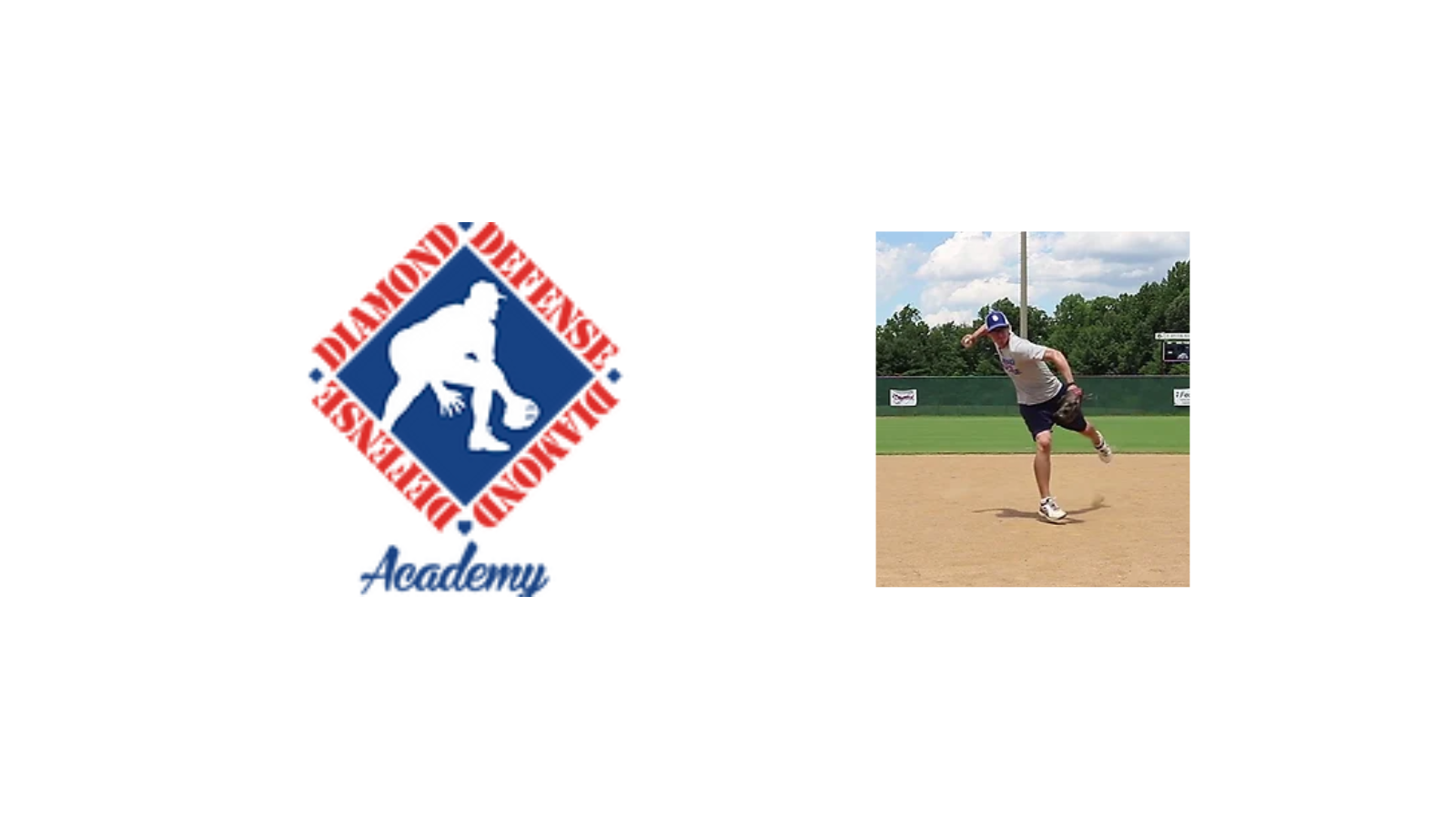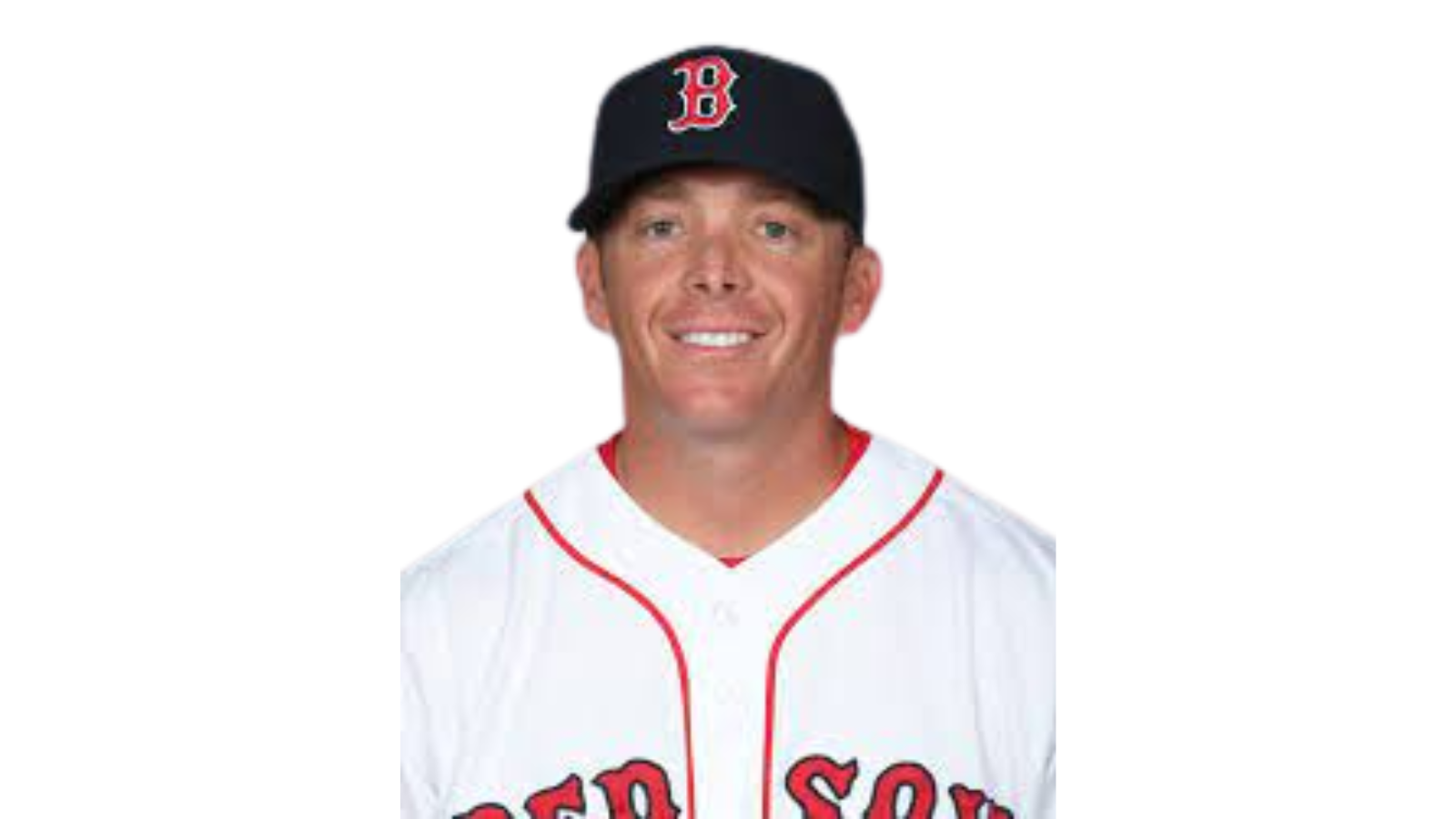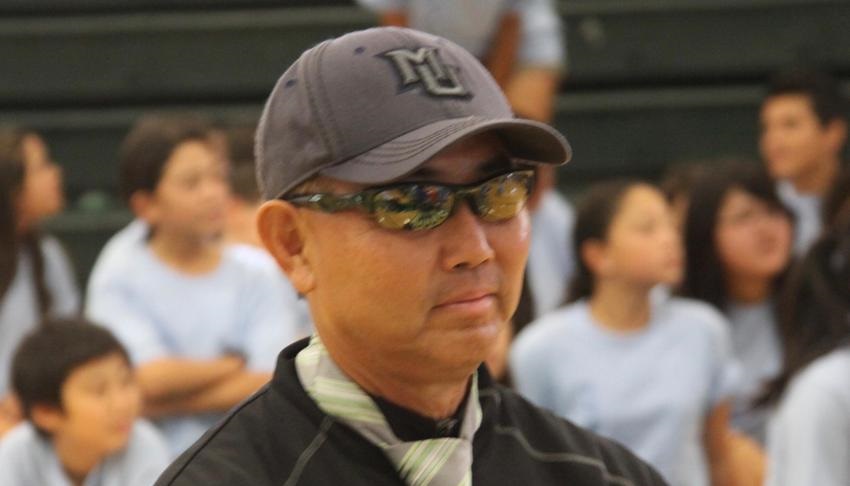Loren Torres has been coaching college baseball for 25 years and will be entering his 13th season as head baseball coach at Point Park University in Pittsburgh, an NAIA school at which he’s won six conference championships and been to the national tournament four times. He’s won more than 500 games in all.
Loren is a native of Puerto Rico and played baseball at Trinity International-South Florida. His teams have a geographic and ethnic diversity rarely seen in college baseball.
Loren is the fourth interview in Mark Simon’s series on the teaching of defensive excellence in baseball.
We’ve previously talked to Red Sox minor league infield coordinator Darren Fenster, Hawaii high school baseball coaching legend Dunn Muramaru and Nelson Cooper IV of the Pittsburgh Hardball Academy.
Loren: Our team is a melting pot. It’s pretty special to see all that come together for the greater good of the team when you are able to put a uniform on and everyone think of the name on the front and you could bypass color and culture and where you’re from and everything else.
Mark: How did that come about?
Loren: I grew up in Puerto Rico and in the Caribbean; baseball’s a way of life. It’s like soccer in Europe. It’s in your DNA. I grew up there and have contacts there. I went to high school and college in south Florida, which is a very diverse area. And I got more creative in terms of my contacts. Coaching 25 years, those expand. I was going to Venezuela when it was safer to go there. And I made contacts in Panama and Canada. We’ve been fortunate to tap into our resources and have a diverse team.
Those cultures come together for the greater good of the team.
Mark: What does defensive excellence mean to you?
Loren: Defensive excellence means that you’re not creating things like what you could consider a turnover in basketball or in football. We’re making sure that we’re making every routine play.
We’re a unit and we’re generating synergy. We talk a lot about a synergy. Some people underestimate the power of synergy.
Synergy is a law. When you have nine people playing defense that could play like there’s 15 out there and you have a dugout that’s involved in the game, and the whole thing is in sync. Then you could hold a team and give yourself an opportunity to win it on the offensive side.
Mark: What’s an example of synergy in action?
Loren: A ball is hit in the gap with a man on base and we have to do a double relay, and you’ve got the first baseman and third baseman moving and in the dugout, all the guys are saying “double relay!”
They read it right off the bat because they’re involved in each other’s jobs. They know they’re in sync with everything that’s going on and they know to keep each other accountable.
On that play a couple of years ago, we threw a guy out at the plate and won to go to the conference championship.
Mark: Okay. So how do you go about teaching the defense?
Loren: There’s a sense of community here, starting with the outfield.
When we’re in practice, everyone’s lined up on the warning track and the outfielders are playing balls live. The outfielders are never waiting around. We maximize our time on the field.
With ground balls, I’m a huge believer in repetition. A lot of people say quality over quantity, but the reality is that some people that say that are saying it because they don’t wanna do 300 ground balls.
We mix the quality and the quantity and we’ll take 300 ground balls. That’s not an exaggeration.
We have a structure. While we’re taking BP, we’re always working on something defensively. You have a coach who is a good leader, they’ll follow your lead. And if it means a lot to you, it’s gonna mean a lot to them. We talk a lot about being clean on defense and handling the baseball, playing at high level. But the preparation is where it comes from. When a routine grounder gets dropped at practice, we learn from it. We talk about concentration and making sure we’re giving it its due attention. It has to be every day. You can’t go through the motions.
Everything we do is game speed.
Mark: Do you have any specific drills or things that are unique to your program?
Loren: We do tons of drills, but what’s unique to us is the amount of ground balls that we take. That’s the first thing that shocks players when they come here. We’re hitting ground balls, hitting ground balls, hitting ground balls.
We do cone drills. Our feet are always moving. Good feet equal good hands. We have aggressive feet with soft hands. We want to cut off the distance between us and the baseball. Moving the feet forward is super important. With our outfielders, we always talk to them about keeping the double play in order [by getting the ball into second base on base hits].
90% of what we do is mimicking something to what it looks like in a game.
Mark: You have a diverse roster, with a lot of kids from Puerto Rico, Venezuela, and the Dominican. How were these kids coached before they got to you?
Loren: In the Caribbean, it’s hit, throw fast, play games, no practice. When they get here, they don’t know what a bunt defense is. They don’t know what a first and third defense is. The pitchers don’t control the running game.
We work individually with them and talk to them about some things, explain it, break it down, but it takes longer to learn those things like defensive mechanics. But they bring a certain fire that’s hard to find. It’s not a hobby for them. And when you get them to buy into the techniques and foundation, they become even better.
That’s hard to find. Once you get them to buy into the technique and the foundation, then they become even better.
We had a pitcher recently, Ruben Ramirez, who is now in the Royals organization. He didn’t pitch much the first two years. He threw 91 to 93 and couldn’t control the running game. He got better. He used to have a high leg kick and guys would steal on him a lot, and he’d get flustered if he gave up a hit. He got it all together his senior year and was NAIA Reliever of the Year.
Mark: Do you have any examples like that for defense?
Loren: They all come in pretty raw. We talk to them a lot about substance before style and that competitive strong comes before technique strong.
Every guy has some transformation. We care about the person first and because of that, they begin the transformation process. They understand that you want them to succeed. Once they do, they buy in and do what we ask. Some guys take awhile, sometimes it takes a couple of years. Everyone goes at a different pace.
Mark: If you could fix one thing about how young people are taught defense, like universally, what would it be?
Loren: Not to stay back on the ball. It eliminates so much room for air when you’re moving your feet and cutting the distance. And if you bobble the ball, you’ve still got time to make the play. Staying back on the ball creates a window for mistakes.
Mark: Is there anything else that you’d like to share?
Loren: You have to be competitive strong before you’re technique strong,
Mark: What’s competitive strong?
Loren: Competitive strong is that when the bell rings, you have to go out there and use your instincts. The whole thing has to kick in. You have to go and compete and help the team win and all the practice should be automatic. We work hard in simulating so that when the game comes, we’re just competitive strong.
We wanna have fun. We want the best parts of the day to be practice and to be games. They’ve got to be enjoying what they’re doing and be confident. Without confidence, they aren’t going to reach their potential. So we want them to be competitive strong before technique strong.



